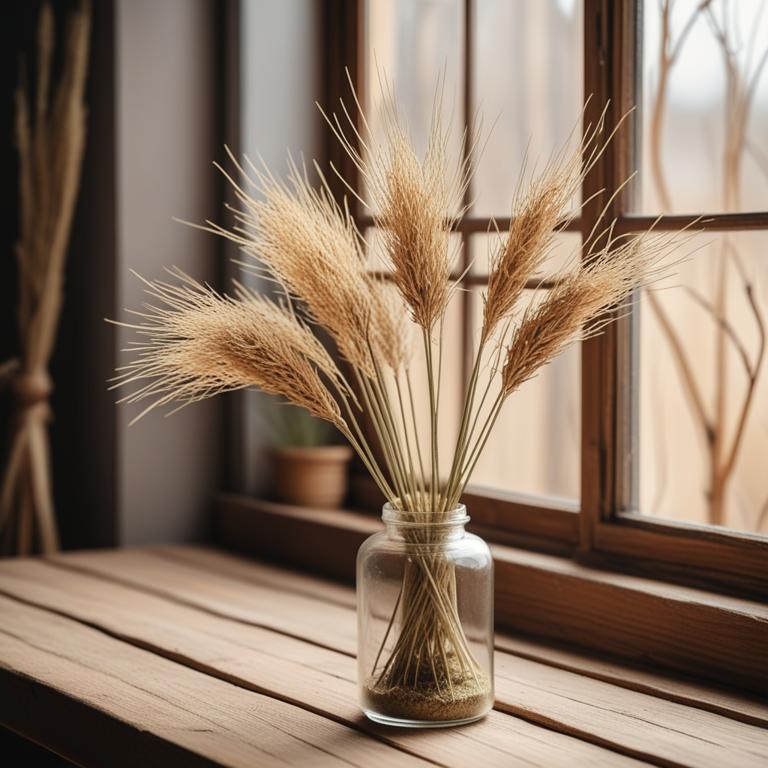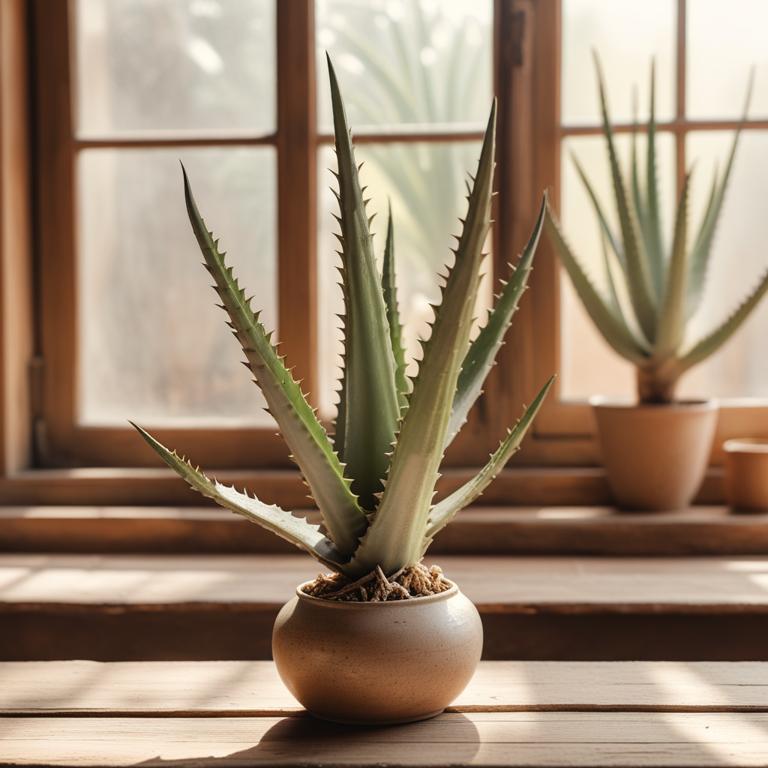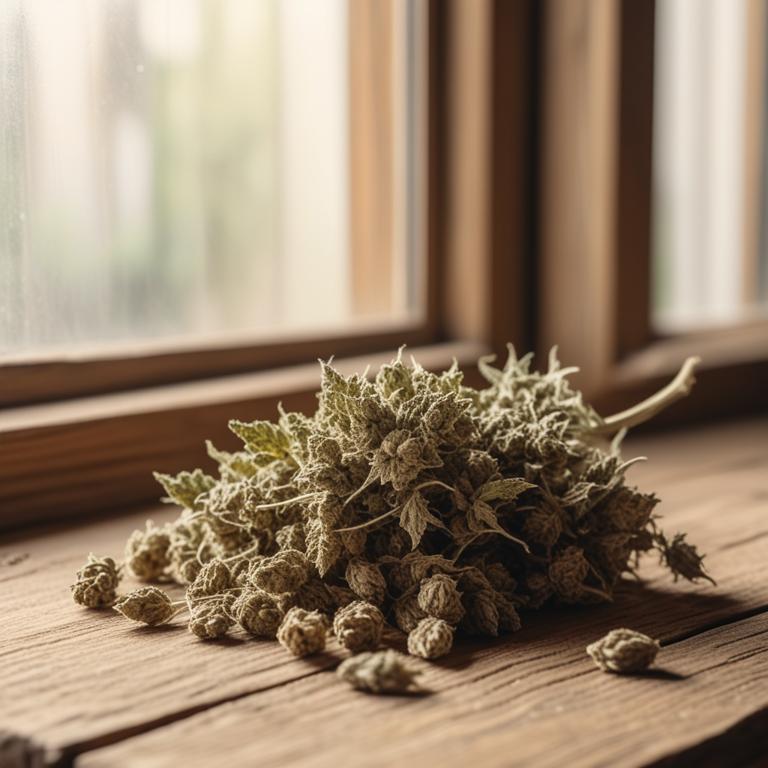Updated: Nov 30, 2024
8 Herbal Creams For Burning Feet

If you're experiencing burning feet, you might want to try herbal creams that can provide relief.
These creams work by soothing and cooling the skin. One herb that's often used is Aloe barbadensis, also known as aloe vera. It's a natural anti-inflammatory that can reduce redness and swelling. When applied to the skin, it forms a protective barrier that helps to lock in moisture and cool the area. Another herb that's sometimes used is Calendula officinalis, also known as marigold. It has anti-inflammatory and antibacterial properties that can help to heal wounds and soothe irritated skin. When applied to the skin, it can help to reduce pain and discomfort. Melaleuca alternifolia, or tea tree oil, is also sometimes used in herbal creams for burning feet. It has antibacterial and antifungal properties that can help to prevent infections and promote healing.
It can also help to reduce inflammation and soothe the skin. Using herbal creams for burning feet can bring several benefits to your life. For one, it can help to reduce pain and discomfort, making it easier to go about your daily activities. It can also help to promote healing and prevent infections, which can reduce the risk of complications. Additionally, herbal creams can be a natural and chemical-free alternative to over-the-counter creams and medications. This can be especially beneficial for people who are sensitive to certain chemicals or have allergies. When using herbal creams for burning feet, it's essential to choose a product that's specifically designed for this purpose. Look for products that contain a combination of herbs, such as Aloe barbadensis, Calendula officinalis, and Melaleuca alternifolia. You should also choose a product that's free from harsh chemicals and artificial fragrances.
By using a high-quality herbal cream, you can find relief from burning feet and enjoy a more comfortable and active lifestyle.
This article explains in detail what are the best herbal teas for burning feet and wh.
Also, you may be interested in...
Today Free Bonus!
The Ultimate Herb Drying Checklist
(For Long-Lasting Powerful Medicinal Effect)
How to easily dry herbs that don't mold and that keep their strong medicinal power for more than 1 year.
Table of Contents
1. Aloe barbadensis

Aloe barbadensis creams contains active constituents like aloin, aloe-emodin, and acemannan, which have anti-inflammatory and soothing properties.
These properties help reduce redness and swelling caused by burns on the feet. The gel also contains vitamins A, C, and E, as well as beta-carotene, which have antioxidant properties that help protect the skin from damage and promote healing. Aloe barbadensis creams also contain enzymes like bradykinase, which breaks down excess heat and reduces pain.
By applying aloe barbadensis creams to burning feet, you can help calm the skin, reduce discomfort, and promote a faster recovery.
- Gather 1 cup of Aloe vera gel from Aloe barbadensis plants or buy pure Aloe vera gel from stores.
- Mix 2 tablespoons of coconut oil, 2 tablespoons of beeswax, and 2 tablespoons of shea butter in a small bowl.
- Melt the coconut oil and beeswax in a double boiler or in a microwave-safe bowl in 10-second increments, stirring between each interval, until smooth.
- Add the melted mixture to the Aloe vera gel and mix well. Stir in 2 tablespoons of vitamin E oil and 2 tablespoons of lavender oil.
- Pour the mixture into small containers and let it cool and set. Use the cream on burning feet as needed.
2. Calendula officinalis

Calendula officinalis creams contains triterpenoids, flavonoids, and carotenoids as its active constituents.
These compounds have anti-inflammatory and antimicrobial properties, which can help soothe and protect burning feet. The triterpenoids in calendula creams, such as oleanolic acid and ursolic acid, have been shown to reduce inflammation and promote wound healing. The flavonoids, including quercetin and kaempferol, have antioxidant properties that can help neutralize free radicals and reduce oxidative stress on the skin.
By applying calendula creams to burning feet, you can reduce inflammation, prevent infection, and promote healing.
- Gather 1 cup of dried Calendula officinalis flowers and 1 cup of carrier oil (like coconut or olive oil).
- Combine the dried flowers and carrier oil in a saucepan. Heat the mixture over low heat for 2-3 hours, stirring occasionally.
- Strain the mixture through a cheesecloth or a fine-mesh sieve into a bowl. Discard the solids.
- Add 2 tablespoons of beeswax and 2 tablespoons of vitamin E oil to the infused oil. Heat the mixture in the saucepan over low heat, stirring until the beeswax is melted.
- Pour the mixture into small containers or jars. Let it cool and solidify. Use the Calendula cream as needed to soothe burning feet.
3. Melaleuca alternifolia

Melaleuca alternifolia creams contains a high concentration of compounds called terpinen-4-ol and cineole, which are known for their anti-inflammatory and antibacterial properties.
These properties help to soothe and calm burning feet by reducing redness and swelling. The antiseptic and antifungal properties of the cineole in Melaleuca alternifolia creams also help to prevent infection and promote the healing of skin irritations. Additionally, the cream's moisturizing properties help to hydrate and protect the skin, reducing the risk of further irritation and discomfort.
When applied to burning feet, Melaleuca alternifolia creams can provide quick and effective relief from discomfort and promote healthy skin.
- Gather ingredients: 1 cup of coconut oil, 1/2 cup of beeswax, 2 tablespoons of Melaleuca alternifolia essential oil, and 2 tablespoons of vitamin E oil.
- Melt coconut oil and beeswax in a double boiler or a heat-proof bowl set over a pot of simmering water.
- Once melted, remove from heat and stir in Melaleuca alternifolia essential oil and vitamin E oil.
- Pour the mixture into small containers or a tin and let it cool and solidify at room temperature.
- Once solid, apply a small amount to the affected area of your feet, 2-3 times a day, as needed.
4. Cinchona officinalis
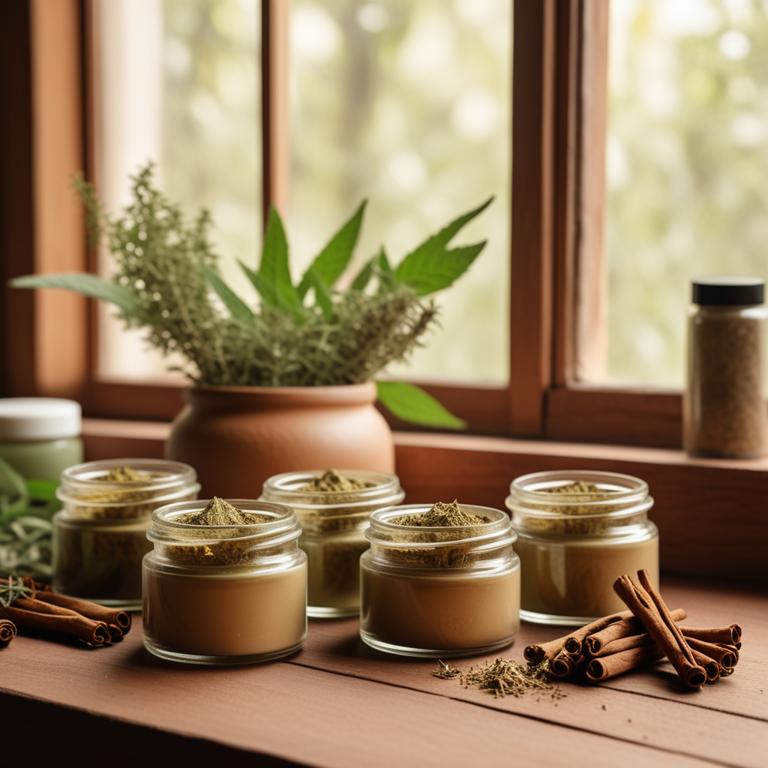
Cinchona officinalis creams contains quinine, a powerful alkaloid that helps to soothe and reduce inflammation.
Quinine has anti-inflammatory properties that help to calm irritated skin and reduce redness and swelling associated with burning feet. Alkaloids like quinine also have antiseptic properties, which help to prevent infection and promote healing in the affected area. The antiproliferative properties of quinine can also help to reduce the growth of bacteria and fungi that can cause infection and make burning feet worse.
By reducing inflammation and preventing infection, Cinchona officinalis creams can provide relief and help to heal burning feet.
- Gather 1 cup of dried Cinchona officinalis bark, 1/2 cup of coconut oil, 1/4 cup of beeswax, 2 tablespoons of shea butter, and 10 drops of tea tree oil.
- Grind the dried Cinchona officinalis bark into a fine powder using a mortar and pestle.
- Melt the coconut oil, beeswax, and shea butter in a double boiler or a heat-proof bowl set over a pot of simmering water.
- Add the ground Cinchona officinalis bark powder to the melted mixture and stir well.
- Remove from heat, add the tea tree oil, and mix well. Pour the mixture into small containers and let it cool before use.
5. Lavandula angustifolia

Lavandula angustifolia creams contains linalool and linalyl acetate, two main bioactive constituents that provide relief from burning feet.
Linalool has anti-inflammatory properties that help reduce redness and swelling caused by irritation. Linalyl acetate, on the other hand, has a cooling effect that soothes and calms the skin, providing immediate relief from burning sensations. The antiseptic properties of these compounds also help prevent infection and promote healing of damaged skin.
By applying Lavandula angustifolia creams to burning feet, the bioactive constituents work together to reduce discomfort and promote a sense of relief.
- Gather 1 cup of distilled water, 1/4 cup of beeswax, and 1/4 cup of coconut oil in a small saucepan.
- Melt the beeswax and coconut oil in the saucepan over low heat, stirring occasionally.
- Add 1 tablespoon of dried Lavandula angustifolia flowers to the saucepan and let it infuse for 10-15 minutes.
- Strain the mixture into a heat-proof bowl and let it cool down to around 120°F (49°C).
- Pour the mixture into small jars and let it cool completely before use. Apply a small amount to burning feet for relief.
6. Zingiber officinale

Zingiber officinale creams contains compounds like gingerols and shogaols, which are responsible for its anti-inflammatory properties.
These properties help to reduce swelling and ease pain in burning feet. The creams also contain antioxidants, specifically gingerols, that neutralize free radicals and promote healing. Additionally, the warming sensation caused by the capsaicin-like compound, gingerol, increases blood flow to the affected area, bringing relief to burning feet.
The anti-inflammatory and antioxidant properties of Zingiber officinale creams work together to soothe and protect the skin, providing relief from burning feet.
- Gather ingredients: 2 cups of coconut oil, 1 cup of shea butter, 1/2 cup of beeswax, 2 tablespoons of ginger essential oil, 2 tablespoons of vitamin E oil.
- Melt coconut oil and shea butter in a double boiler or a heat-proof bowl over a pot of boiling water.
- Add beeswax to the melted mixture and stir until it's fully incorporated.
- Remove the mixture from heat and let it cool slightly. Add ginger essential oil and vitamin E oil. Stir well.
- Pour the mixture into small containers and let it cool completely. Store in a cool place and use as needed.
7. Eucalyptus globulus
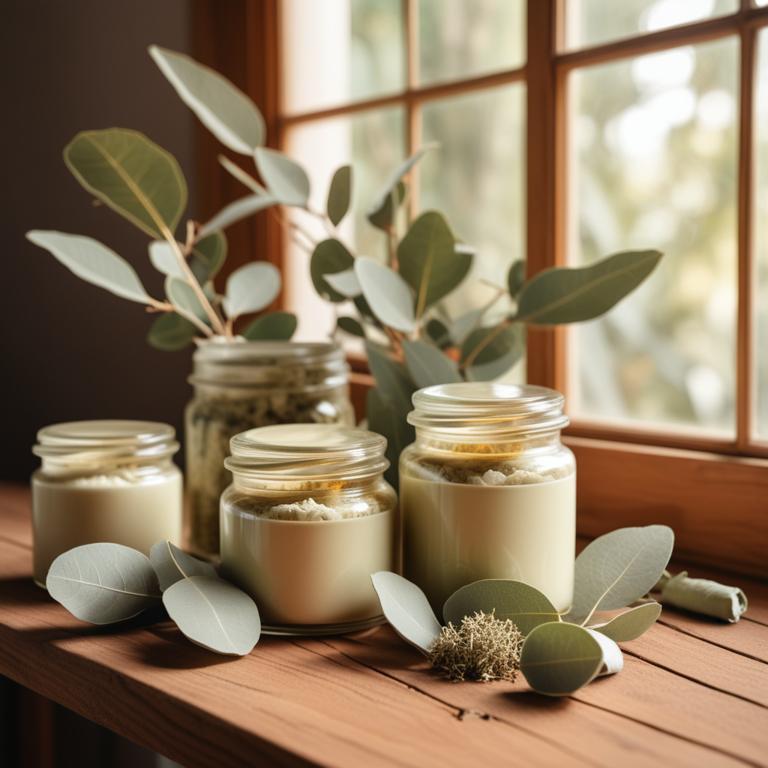
Eucalyptus globulus creams contains active constituents like eucalyptol, camphor, and cineole.
These compounds have anti-inflammatory and antibacterial properties that help soothe and calm burning skin. Eucalyptol, in particular, has a cooling effect that can reduce heat and discomfort. Camphor, on the other hand, helps to numb the skin and reduce pain, while cineole has antioxidant properties that protect the skin from damage.
By combining these properties, eucalyptus globulus creams can provide relief from burning feet and promote healing.
- Gather 1 cup of coconut oil, 1/2 cup of shea butter, 1 tablespoon of vitamin E oil, and 10 drops of eucalyptus essential oil.
- In a double boiler, melt the coconut oil and shea butter over low heat. Stir until smooth.
- Remove from heat and add the vitamin E oil and eucalyptus essential oil. Stir well.
- Pour the mixture into a glass jar or container. Let it cool and solidify at room temperature.
- Apply the cream to your burning feet, massaging it gently into the skin. Repeat as needed.
8. Hypericum perforatum

Hypericum perforatum creams contains active constituents like flavonoids, phenolic acids, and naphthoquinones.
These compounds have anti-inflammatory and antioxidant properties, which help reduce swelling and discomfort. The flavonoids, specifically hyperoside and rutin, have a soothing effect on the skin, while the phenolic acids, such as caffeic acid, help to reduce redness and pain. The naphthoquinones, including hyperforin, have a mild antiseptic property that helps to prevent infection and promote healing.
By applying Hypericum perforatum creams to burning feet, you can help to alleviate discomfort and promote the recovery of damaged skin.
- Gather ingredients: 1 cup of coconut oil, 1/2 cup of beeswax, 1 tablespoon of Hypericum perforatum oil, and 1 tablespoon of vitamin E oil.
- Melt coconut oil and beeswax in a double boiler or a heat-proof bowl set over a pot of boiling water.
- Remove from heat and let cool for 5 minutes. Add Hypericum perforatum oil and vitamin E oil. Stir well.
- Pour the mixture into a silicone mold or a small container. Let it cool and solidify at room temperature.
- Once solid, remove the cream from the mold and store it in an airtight container in the refrigerator for up to 2 weeks.
FAQ
Can drinking herbal tea prevent burning feet from forming?
Drinking herbal tea may help prevent burning feet from forming.
Certain herbs like peppermint and chamomile have anti-inflammatory properties that can soothe and calm the skin. They may also improve blood circulation, which can help reduce discomfort and pain in the feet.
Regular consumption of these teas might reduce the risk of burning feet.
Is it safe to consume herbal teas for burning feet every day?
Herbal teas can be a soothing relief for burning feet, but consuming them daily may not be safe.
Some herbal teas, like those containing sage or peppermint, can cause stomach upset or interact with medications if taken excessively.
It's best to limit your intake and try other remedies, like cooling packs or moisturizing creams, to alleviate the discomfort.
How long does it take for herbal teas to show results in burning feet?
Herbal teas can help with burning feet, but it's a gradual process.
Some people notice relief within a few days to a week of drinking a soothing tea, like peppermint or chamomile, after a warm bath or shower.
The relief can last for hours, but it may take a few weeks of consistent use to see lasting results.
What time of day is best to drink herbal tea for burning feet?
Drinking herbal tea for burning feet can be most helpful in the evening or before bed. This is because your body has a chance to absorb the soothing properties of the tea as you rest, potentially easing discomfort and promoting a good night's sleep.
Related Articles
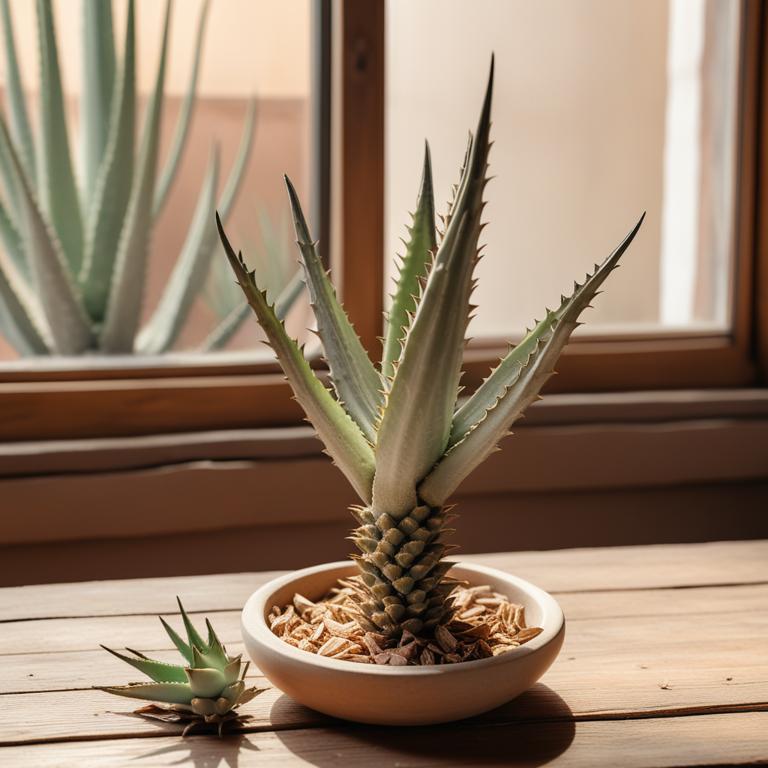
Eye Swelling: Causes, Symptoms, and Medicinal Herb Remedies
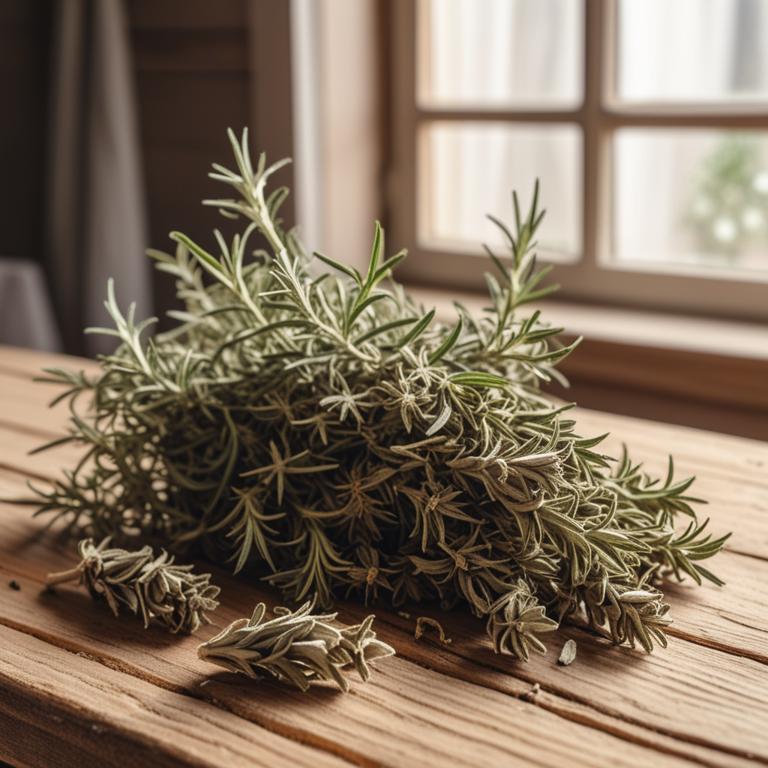
Dry Hair: Causes, Medicinal Herbs, and Herbal Preparations for Healthy Locks

Causes and Herbal Remedies for Bleeding Spots in Mouth: A Comprehensive Guide

Ingrown Toenail: Causes, Symptoms, and Herbal Preparations for Relief
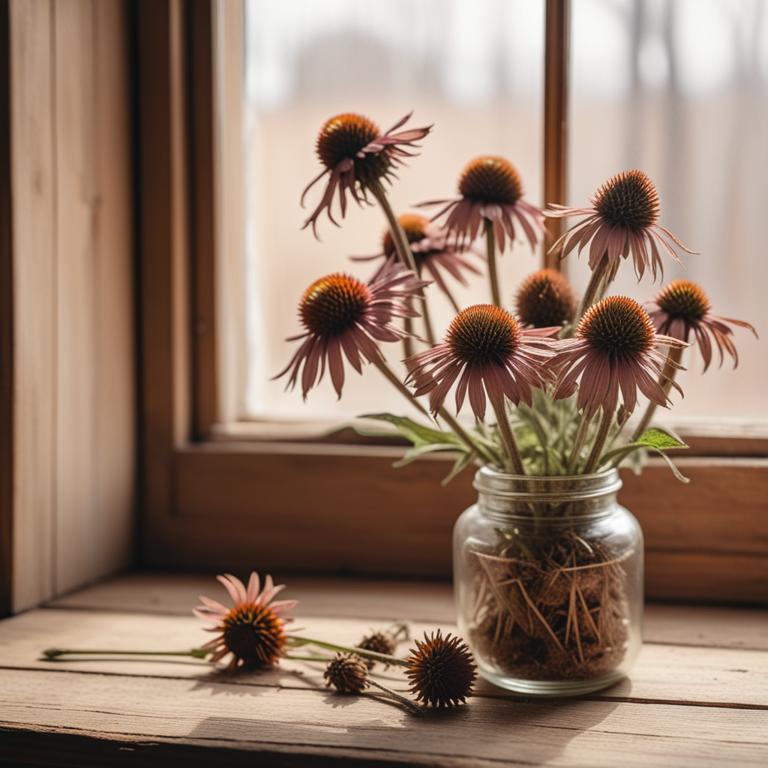
Gum Swelling: Natural Causes and Medicinal Herbs for Treatment
